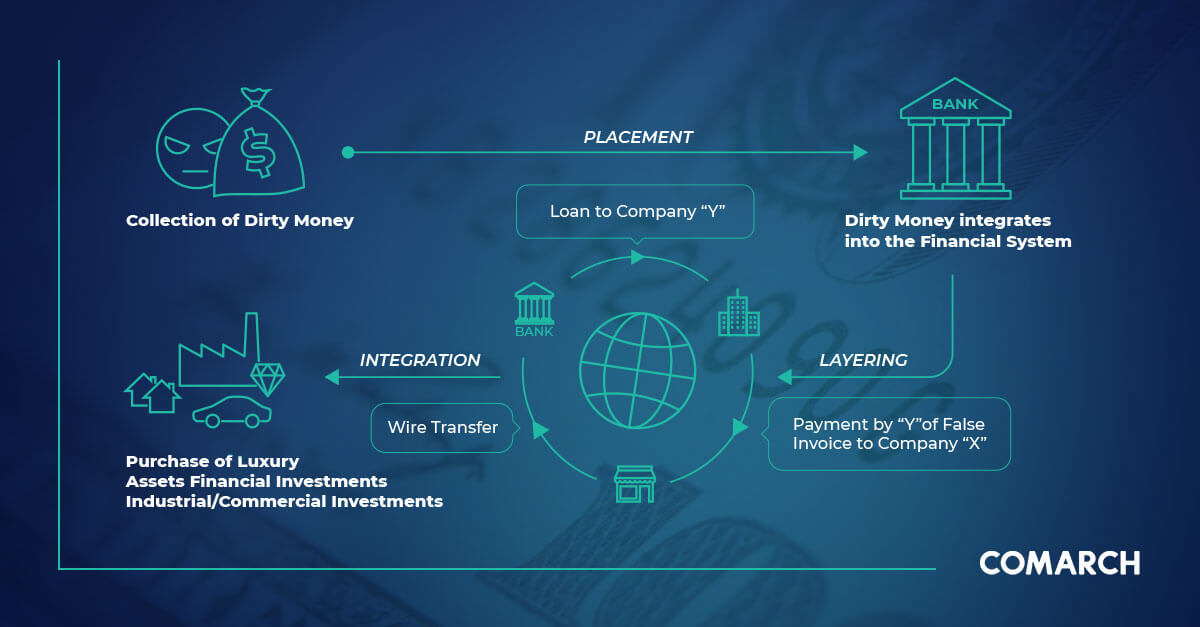What’s to Blame for the Persistence of Money Laundering—Inefficient Processes or Outdated Technology?
- Published
- 5 min reading

Yet again, news about a blatant act of money laundering has made headlines, this time in Philadelphia where a crooked lawyer was caught laundering money gained from a multimillion-dollar drug ring. Money laundering is in the news all too often and, based on the pervasiveness of this charge, it is safe to say a lot more illicit cash is slipping under the radar of unwitting banks and regulators.
Money laundering has become so widespread, in fact, that the United Nations Office on Drugs and Crime estimates that $2 trillion is illegally laundered throughout the world each year and less than 1% of that is actually caught by law enforcement. In the US, the Treasury Department estimates that $300 billion in dirty money makes it through the financial system each year. Currently, inefficiency is the name of the game in the financial sector. Banks submit millions of Suspicious Activity Report (SAR) reports annually, costing upwards of $25 billion, but most of the reports are unnecessary and go unseen.
 One of example schemes of Money Laundering process
One of example schemes of Money Laundering process
These inefficiencies heighten the need for banks to invest in modern technology like artificial intelligence to not only support but enhance their current AML infrastructure. With cutting-edge AI utilizing machine learning to spot and understand relationships and similarities between financial data, banks can increase their effectiveness at detecting and reporting suspicious activity. Comarch’s AML software, for example, can decrease a bank’s false positive rate significantly, when used in conjunction with existing AML measures. This increased efficiency frees up AML analysts’ time so they can pay greater attention to more demanding and complex challenges that require human intervention.
Along with ironing out the inefficiencies of money laundering detection, Comarch’s software empowers AML analysts to perform their crucial role like 21st century professionals. The software provides tools for analysts to manually review suspicious activity alerts identified by AI. Analysts can also visualize statistics, detected anomalies, and suspicious cases arranged by categories, in a clear and comprehensive way. This interface can be integrated seamlessly with existing software, so the analyst does not need to spend valuable time learning to use a whole new system.
It’s 2020, the future is now, and with this advanced technology at the disposal of banks, it’s befuddling why it is not more widely adopted by financial institutions. Perhaps if this software was implemented on a wider scale, criminals like this crooked lawyer in Philly would be stopped before they’ve ever even had a chance to clean their dastardly dollars through banks.
Sanah Hamad, Business Development Manager, Comarch


